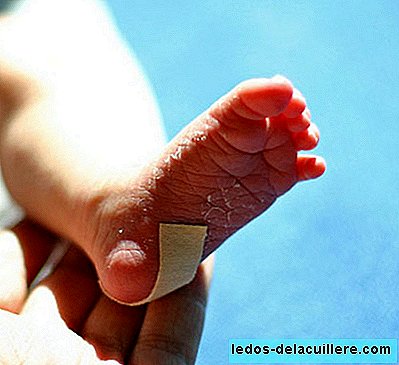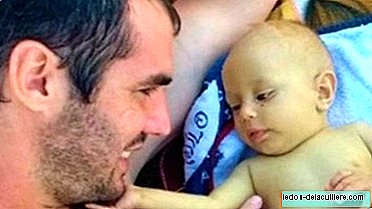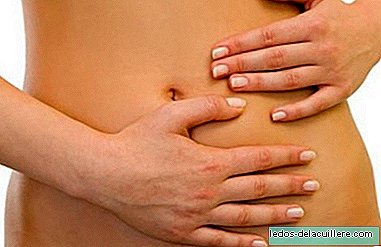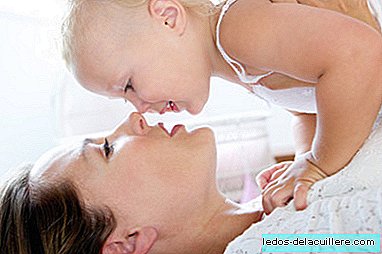
The heel test It is one that is done to babies in the same Hospital to detect rare but serious diseases in order to prevent or treat them early.
It consists of pricking the baby's heel with a sterile lancet to extract a few drops of blood. The test is painful for the puncture itself, for the support of the foot and for the pressure on the heel to extract the six drops of blood necessary and therefore it is considered susceptible to analgesic treatment.
Professionals from the Basurto Hospital, in Bilbao, studied 150 babies divided into three randomized groups to assess which strategy was most appropriate to relieve the pain of babies. The first group had no special intervention, the second received placebo (water) two minutes before the intervention and non-nutritive suction during the intervention and the children in the third group were given 24% sucrose two minutes before the test and non-nutritive suction during it.
To measure pain they used a scale that took into account factors such as facial expression, the presence of crying or whining, calm or agitated behavior ... and also took into account the crying time of children during the test.
The control group, the one that did not receive analgesic intervention, obtained an average score on the discomfort scale of 3.92, with moderate pain, which caused a crying time of 51.72 s. The group that received non-nutritive suction with placebo obtained a score of 2.1, mild pain, with 10.68 s of crying, while the group that received non-nutritive suction with sucrose obtained 1.5 points, mild pain, and a crying time of 10.70 s.
The differences of both strategies with respect to doing nothing are significant, demonstrating that non-nutritive suction is effective in relieving pain in the heel test. However, it cannot be concluded that children who took sucrose suffered less pain than those who drank water, since the differences are minimal.
In the past, 25 years ago, it was considered that the brain of the immature baby did not receive pain stimuli from his body. The babies were punctured and even underwent surgery without any anesthesia.
Today we know that Babies may suffer pain after the first weeks of conception, even in the womb. This means that any painful intervention can affect the baby at the same time and even later, altering their correct emotional and psychological development.
That is why any study that tries to find strategies to relieve the pain of babies will always be welcome.
Although the results are fantastic, I miss in this study other strategies that I have ever heard or read, such as treatment with local anesthetic cream (better known as EMLA) or nutritive sucking (or not) to the breast in breastfed babies.
A WHO Cochrane review showed that glucose / sucrose administration is similar in effectiveness to breastfeeding when it comes to reducing pain and for babies who drink breast milk it is an appropriate option to avoid the use of pacifiers (they are not advised during the first month of breastfeeding).












